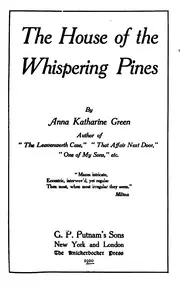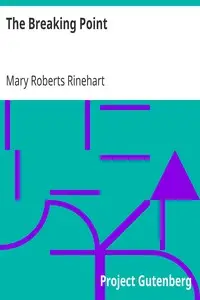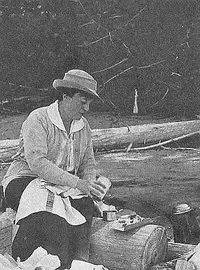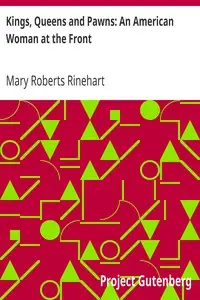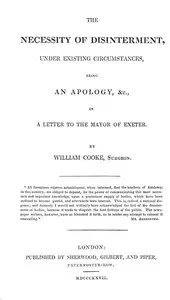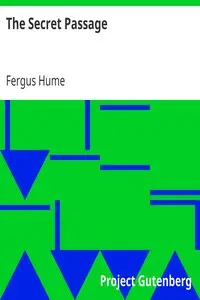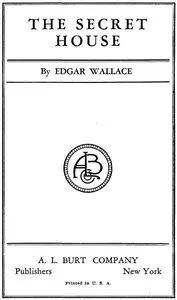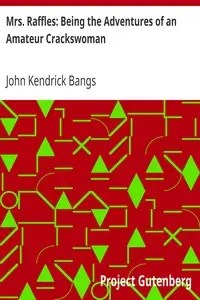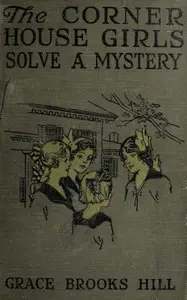"The Confession" by Mary Roberts Rinehart is a suspenseful story that explores the dark corners of the human mind. Set in the early 1900s, the story centers on Agnes Blakiston, who seeks refuge in the rural Benton house only to stumble into a series of strange and disturbing events tied to the ominous history of both the house and the previous owner, Miss Emily Benton. From the start, Agnes senses something is not right as she settles into the unusual Benton house, noting its peculiarities and the weight of its history. Accompanied by her servant Maggie, who voices her worries about the house, Agnes receives a mysterious letter from Miss Emily urging her to stay, hinting at a deep mystery. As strange things occur, like eerie phone calls and a growing sense of dread that overcomes Agnes, the story builds towards a mental breakdown. The relationships between Agnes, Miss Emily, and Maggie suggest a long history of violence, as a suppressed confession comes to light and sets the stage for a complex exploration of fear and its many forms.

The Confession
By Mary Roberts Rinehart
In a secluded house burdened by secrets, a woman's summer retreat descends into a terrifying journey as she uncovers a hidden past and confronts an invisible menace.
Summary
About the AuthorMary Roberts Rinehart was an American writer, often called the American Agatha Christie. Rinehart published her first mystery novel The Circular Staircase in 1908, which introduced the "had I but known" narrative style. Rinehart is also considered the earliest known source of the phrase "the butler did it", in her novel The Door (1930), although the exact phrase does not appear in her work and the plot device had been used prior to that time. She also worked to tell the stories and experiences of front line soldiers during World War I, one of the first women to travel to the Belgian front lines.
Mary Roberts Rinehart was an American writer, often called the American Agatha Christie. Rinehart published her first mystery novel The Circular Staircase in 1908, which introduced the "had I but known" narrative style. Rinehart is also considered the earliest known source of the phrase "the butler did it", in her novel The Door (1930), although the exact phrase does not appear in her work and the plot device had been used prior to that time. She also worked to tell the stories and experiences of front line soldiers during World War I, one of the first women to travel to the Belgian front lines.




